Where do you live: Florence
Your education: I attended the Art School of Florence, a street photography course and a visual culture course at the Deaphoto cultural association in Florence.
Describe your art in three words: instinctive, dynamic, reflexive
Your discipline: Photography
Website | Instagram
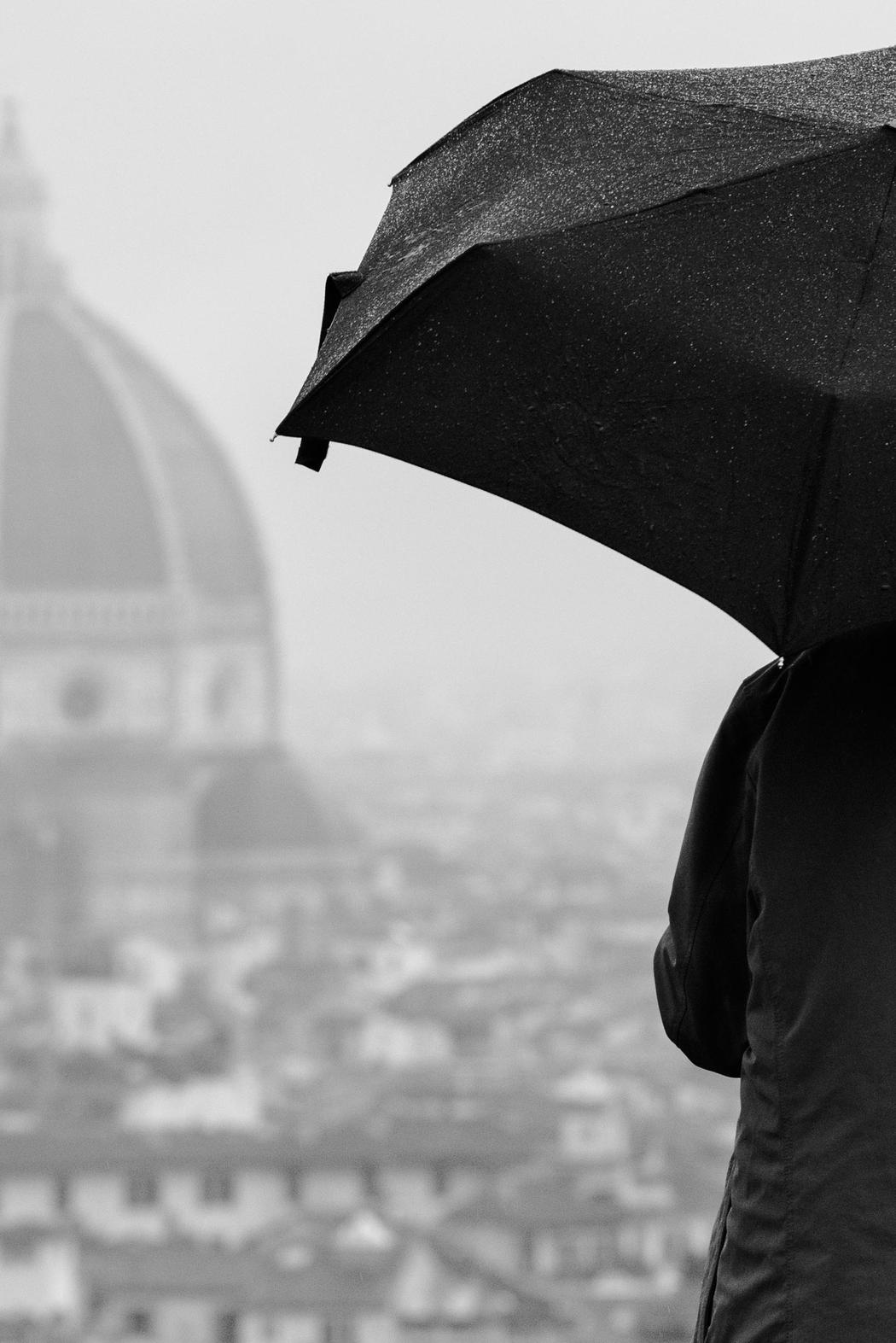 Pietro Ignesti | Piazzale Michelangelo | 2024
Pietro Ignesti | Piazzale Michelangelo | 2024
You grew up in an artistic family environment. How did this early exposure to art shape your vision as a photographer?
A photographer’s vision evolves over time, with experience and personal growth, and is therefore constantly changing.I believe that living and, especially, growing up in an artistic environment has stimulated my perceptiveness and creativity, seeking to see and shoot beyond the superfluous, lingering on subjects and events, sometimes banal and seemingly meaningless, but perhaps for this reason even more revealing of a situation of historical, social, and existential uncertainty.
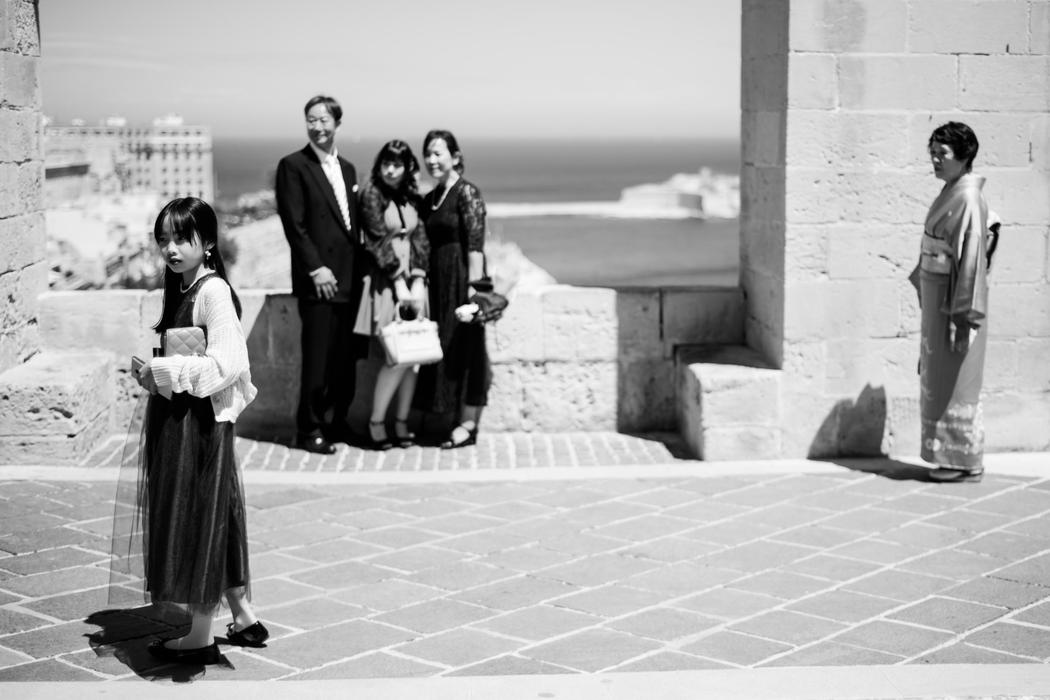 Pietro Ignesti | Japanese Wedding In Malta | 2023
Pietro Ignesti | Japanese Wedding In Malta | 2023
Having worked for many years as a skipper, how has the sea influenced your way of seeing and capturing the world?
I’ve always had a strong relationship with the sea. I worked for many years as a skipper on sailing boats. I’ ve sailed a lot, even for very long distances. When you sail, you don’t just experience the sea but also all the elements, like rain, rough seas, storms, and much more. These are natural spectacles that have remained with me, images that I’ve stored in my mind and are part of my visual as well as life experiences. Furthermore, by traveling, you get to know new countries and different cultures, which have enriched me personally and culturally. I believe all of this has influenced the way I see and capture the world.
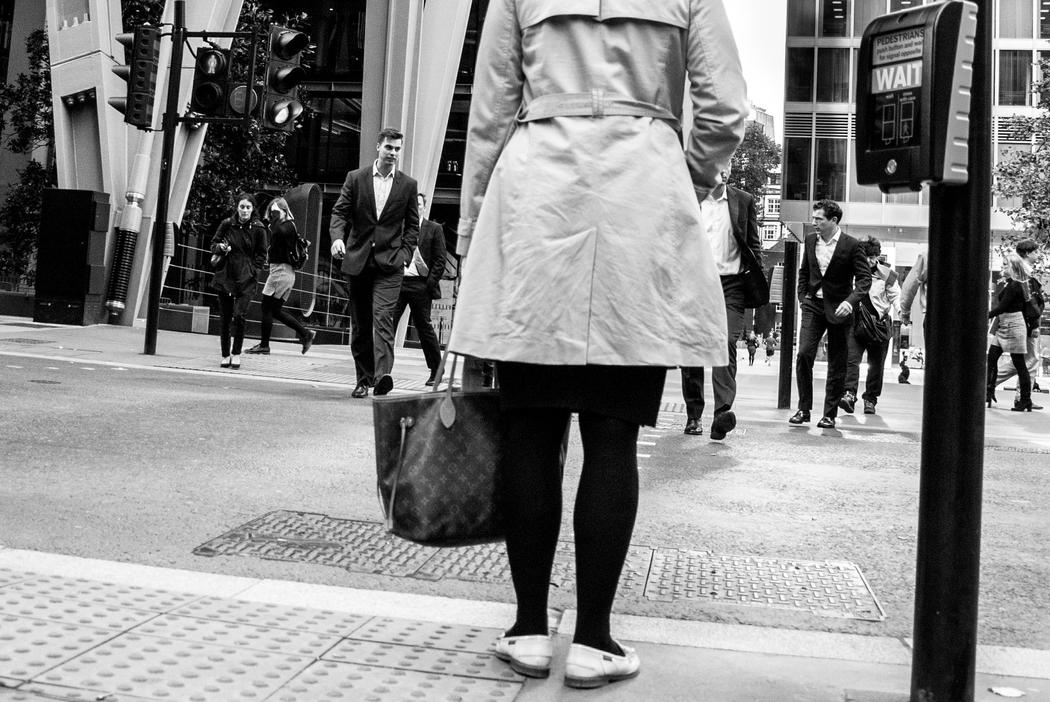 Pietro Ignesti | Rush Hour | 2018
Pietro Ignesti | Rush Hour | 2018
What first drew you to street photography as your primary medium of expression?
I think that living in London for several years has influenced my life and my vision as a photographer. London is a multi-ethnic city, home to a wide range of cultures, ethnicities, and lifestyles, making it a vibrant and dynamic place, but also a fertile ground for diversity and individual expression. All of this has driven me to observe and seek to understand people and their diverse behaviors. What happens on the streets is a mirror of society and its constant evolution; photography allows me to immortalize it, offering my vision of humanity, its context, and its social destiny.
In your statement, you describe the street as a “visual container of behaviors.” Could you elaborate on this idea?
Today more than ever, the primary way to approach and understand the world is visual, and no longer textual, as it has been for centuries. We live in the era of constant internet connection via smartphones, exposed to a constant flow of visual impressions, in a globalized society and culture dominated by the constant circulation and dissemination of images. Fiction seems to prevail over reality. For me, the street is a stage, a visual container of behaviors, stories, and traces, where complex and dynamic interactions take place dictated by a “civilization of images”.
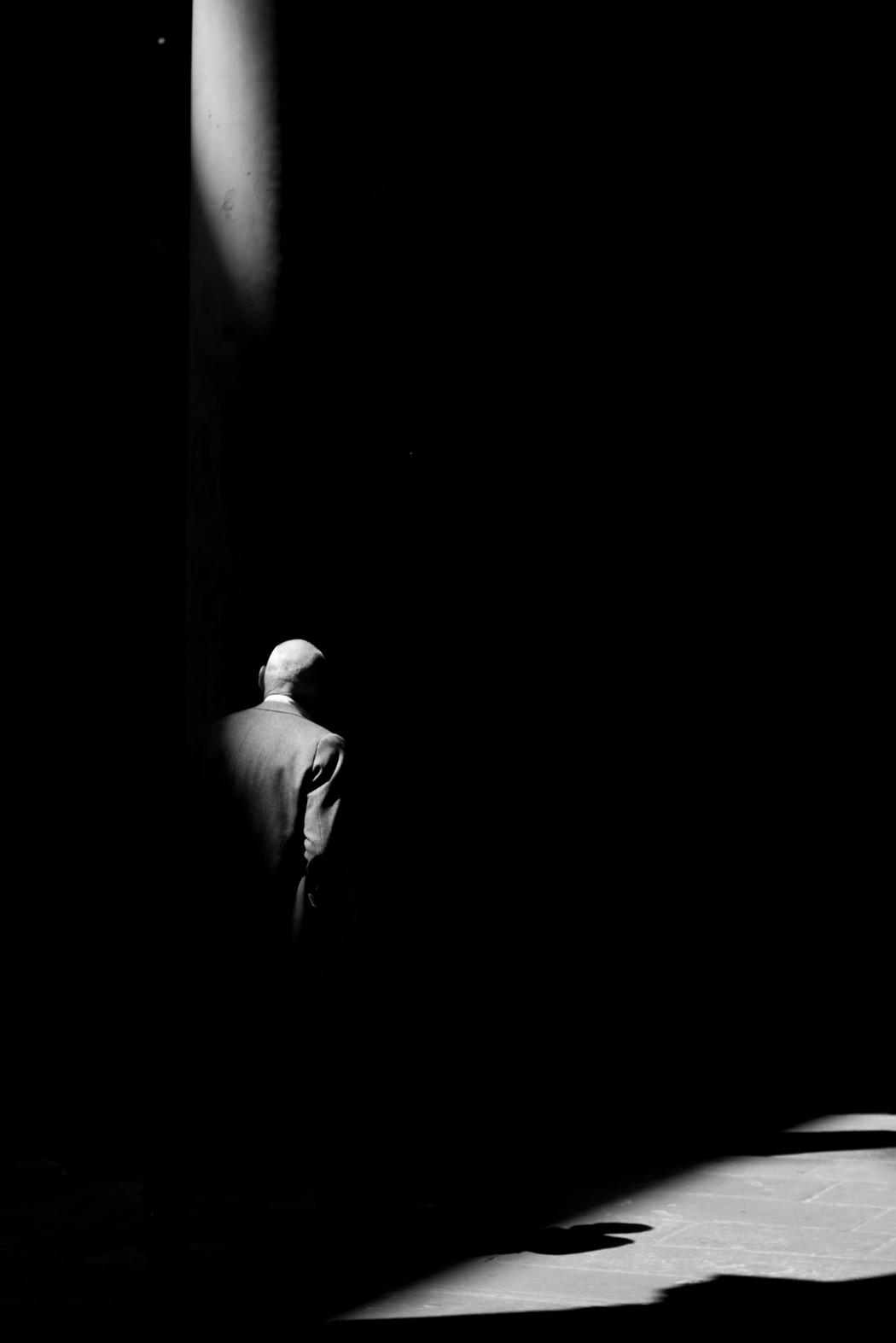 Pietro Ignesti | Step Into The Dark | 2025
Pietro Ignesti | Step Into The Dark | 2025
Your photographs often capture fleeting human moments. What do you look for in these moments before pressing the shutter?
I observe a lot, even when I don’t have my camera with me. I don’t have a precise strategy; I simply photograph what I’m attracted to, subjects or situations that I find interesting, that fascinate me. My photographs are the result of my instinct, my visual education, and my experience in the field.
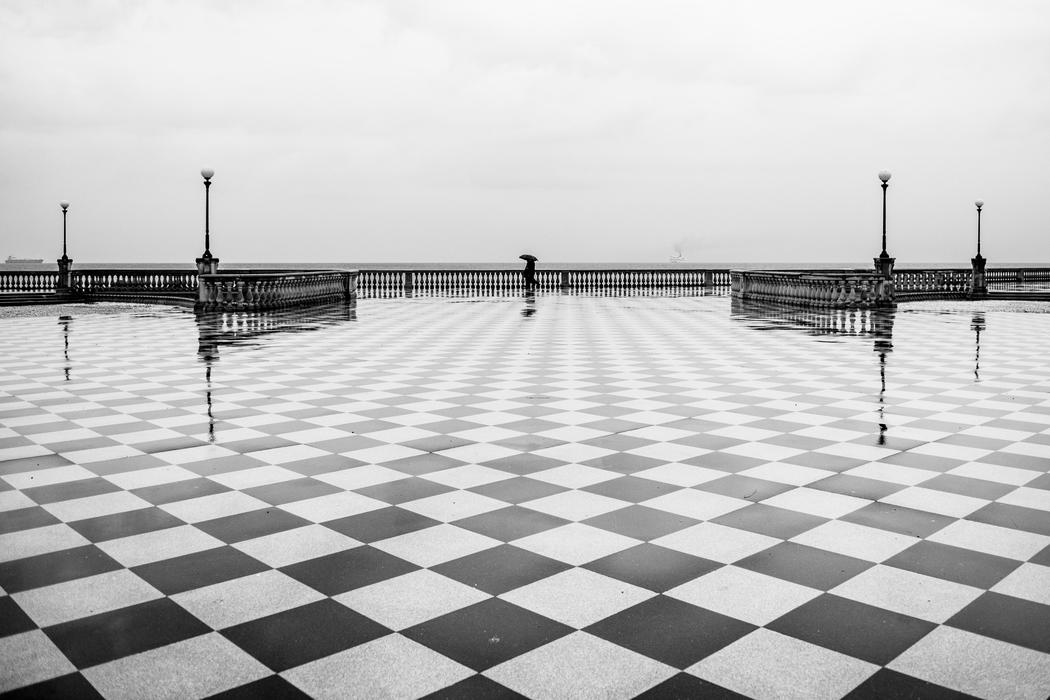 Pietro Ignesti | Terrazza Mascagni | 2024
Pietro Ignesti | Terrazza Mascagni | 2024
Living between Italy and London, how do the cultural differences of these places reflect in your photography?
Traveling and living in different countries opens your mind; you learn to have more open and flexible points of view and judgment. It’s a combination of experiences that shapes you as a person and as a photographer. All these experiences add up over the years, giving you a personal vision of the world and your own vision as a photographer.
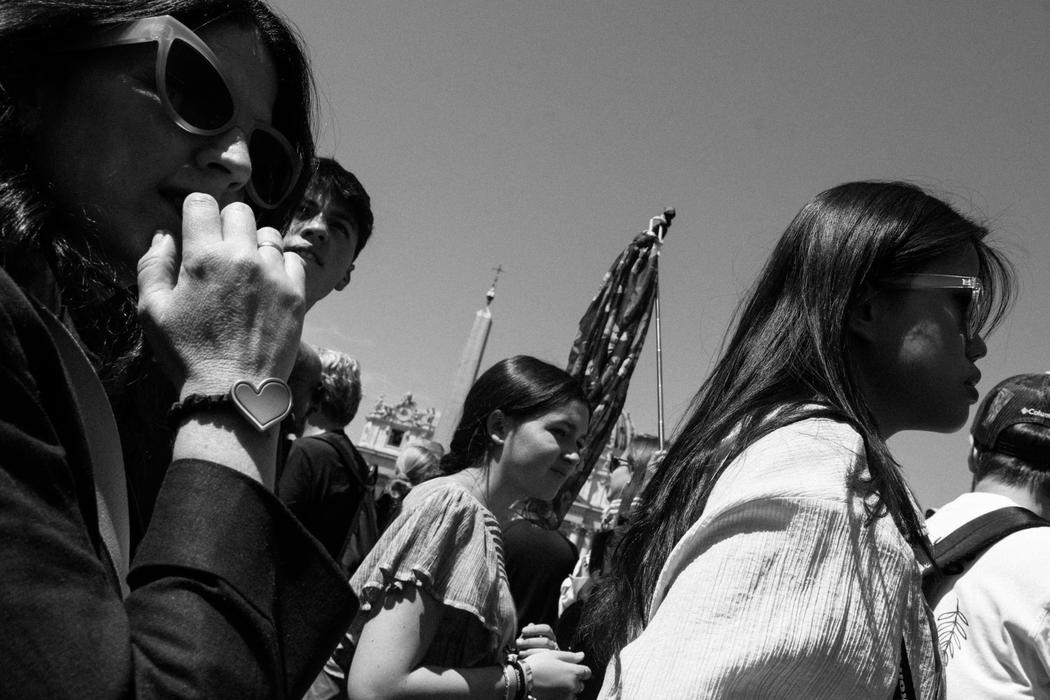 Pietro Ignesti | Vaticano | 2025
Pietro Ignesti | Vaticano | 2025
Many of your works are in black and white. Why do you choose this aesthetic, and what does it add to your storytelling?
Black and white has always attracted me, although lately I’ve also been taking a lot of color photos. I often choose black and white because the absence of color focuses attention on the composition, the lights, shadows, and contrasts, creating a more direct and powerful visual impact. Without color, the focus shifts to the form and structure of the image, allowing you to capture the essence of the subject.

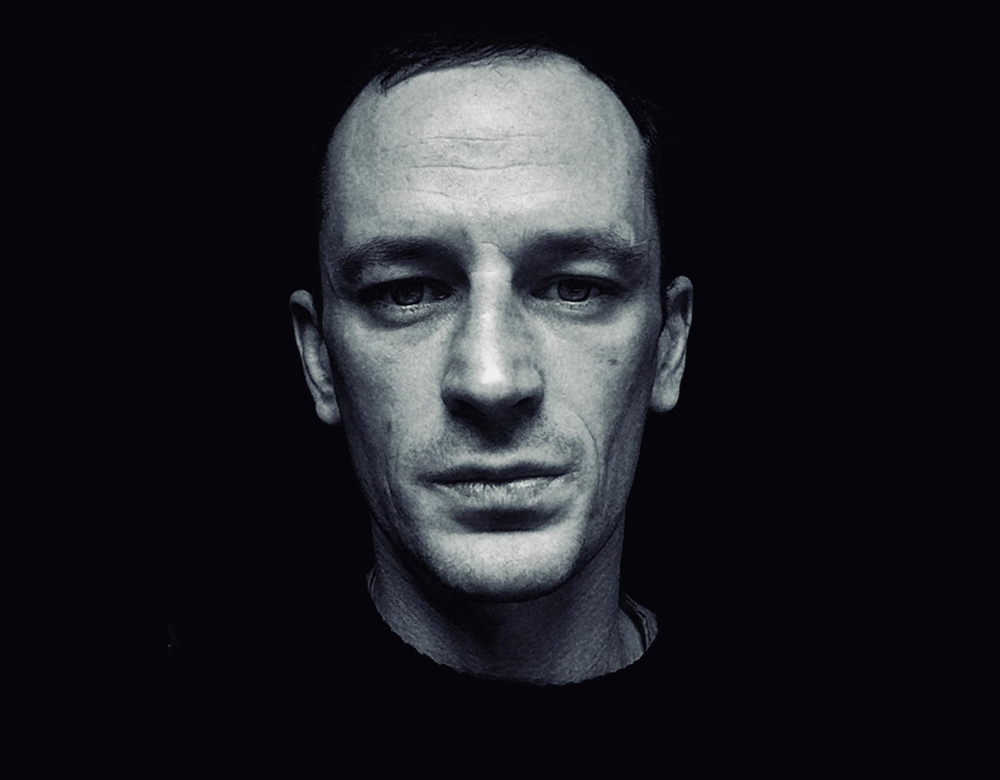
0 comments on “Pietro Ignesti”